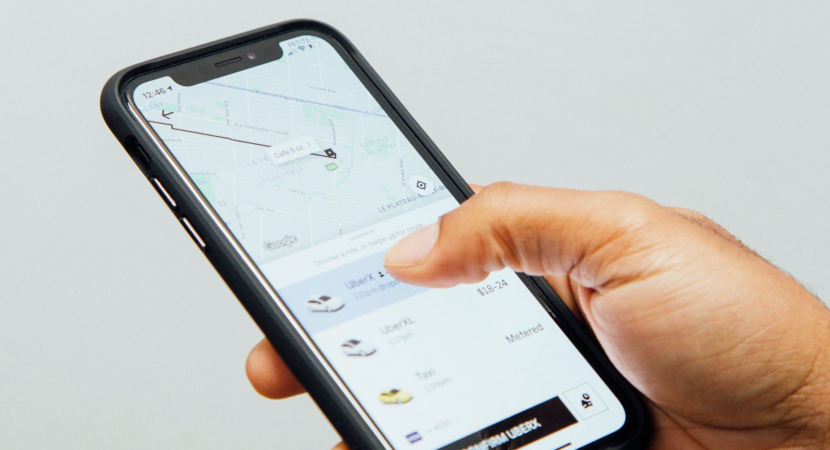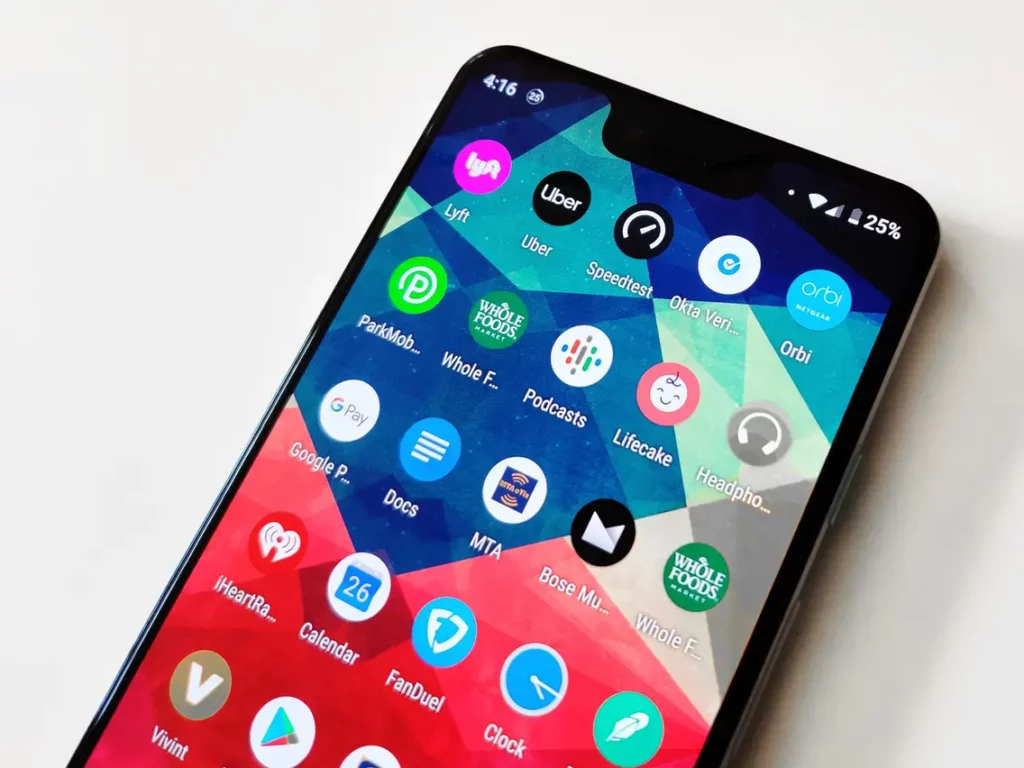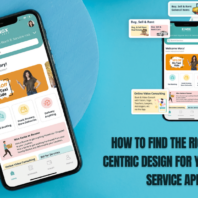How To Find The Right User-Centric Design For Your Multi-Service Apps
Marie Nieves December 4, 2023User-centric designs (UCD) are crucial to customer retention and brand loyalty in the Multi-Service App business. These designs focus on putting the needs of your customers at the top. Mobile applications with user-centric design have a higher chance of success because they quickly solve visual and analytical problems. Since the goal is to create an intuitive experience, many Multi-Service apps have taken different approaches to this process. This blog will help you understand this process, keeping multi-service apps in mind.
Introduction
User-centric design contributes to 30% of the start-up’s success. If not implemented correctly, they are also responsible for the failure of 17% of the start-ups. Regarding mobile applications, design is merely a concept focusing on the practical aspects of its primary service.
Modern entrepreneurs know well that the font, icon, navigation, and products affect customer buying patterns. However, badly designed apps directly influence the user, eventually fostering the wrong impression of the company. This includes a cluttered home screen, slow and buggy processes, annoying buttons, and uneven icon sizes. So, designing a multi-service app is a feat in itself. Let’s understand UCD in the context of multi-service apps and see the differences and critical insights with examples.
The Design Basis of Multi-Service Apps
The stakes are incredibly high in the case of Multi-Service apps, as they are essentially super apps with different mini-apps. To understand this process more deeply, you must look at the earliest instances of merging UCD and technology.
What is User-Centeric Design?
The term “User-Centric Design” was popularized in 1993 by an American professor named Donald Norman in his book. The book highlights the recurring issues that could be avoided around the structure of a process from start to finish.
In essence, user-centric design is an iterative process requiring multiple evaluations to find the best design. Moreover, the best design at the end should demonstrate not only value but also take the process to a new level. To achieve this, designers often make changes to meet the continuously changing needs of the user.
However, creating new design patterns to meet the different demands of contemporary users takes time. As a result, there are some principles of UCD that every app designer should implement in the app’s UI/UX.
However, one critical aspect finds common ground in all three principles. It states that the user-centric design process starts with the target user and merges with your end goal. Now that you know user-centric design, let’s jump into its principles.

Fundamental Principles Of User-Centric Design
First, there is the need to specify the use of the design, which later aligns with the needs of the business. This can be compared to the rate and review option at the end of the delivery order. An incorrect placement of this option may lead to bad reviews. Therefore, with the help of smartly placing a user-centric design feedback box, you can encourage the customer to add their experience after completing the entire process.
In the app development world, understanding such issues directly impacts the organic growth of a business.
Second, every design solution must cater to human behaviour, from rough concepts to finished design. In other words, the workflow of multi-service apps must complement the user’s behaviour. The design should recognize that the user is interested in putting little effort into a specific activity. Instead, every process should emphasize putting only valuable and limited information on screen simultaneously.
This principle is apt for allowing the user to choose food items without losing interest. Other factors, like a consistent design pattern, allow fluid navigation to take the user to the payment window seamlessly.
Lastly, final product evaluation is essential to finding new design patterns among modern consumers. For multi-service apps, these are known as updates that come with changes in the app’s UI. For instance, adding every new element or feature of the on-demand service must be evaluated with extra care.
So don’t be surprised if even the finished app needs re-evaluation and testing. In this phase, you need to understand how well the app performs in real life by prioritizing the user’s needs.
Benefits of User-Centric Design in Multi-Service Apps
Popular mobile applications are known for their unique design formats. Their design doesn’t affect the app’s functionalities and is minimalistic for every user. Designing the multi-service app must be done in the same way. If you think from the perspective of your end customer, you might have an idea about it.
Above all, user-centric design isn’t confined to a single industry or service. Professionals adhere to the principles and improvise to create a unique design that aligns with the brand’s values.
Improving Credibility
When you implement user-centric design in your app, you gain credibility with your end-users. A multi-service app must be designed to solve problems that users face instead of trying to solve a business problem. Showing your customers that you put their needs first goes a long way toward building trust with them.

Reducing Burden
It might seem that user-centric design would require more resources in the multi-service app, but that isn’t the case. The design process is resource-intensive. In other words, a user-centric design doesn’t mean you have to create highly-rendered designs. Instead, you can make changes to the basic design format with the help of continuous feedback from your customers.
This process saves time and effort and results in the best possible design for the end user. Moreover, suppose the multi-service app’s design is user-centric. In that case, it will continue to satisfy the customer and be less prone to failure.
Increasing Conversion Rates and Sales
A user-centric design multi-service app is bound to create profits in sales without sensing any dip in customer interaction. They’re not spending time and energy figuring out how to get from booking the taxi to adding the address.
User-centric design makes end-users feel more valued as the design is based on the user experience. Furthermore, this will eventually increase user interaction with your brand daily.
Conclusion
As the design process has progressed, this repetitive approach of UCD has earned a special place among industry-leading individuals. Super apps like Gojek or Grab function similarly and embody the principles of UCD in a near-perfect way.
One can easily find what they want in these apps. Their design process ultimately reveals what customers care most about the application. You can do the same by taking your customers’ needs into account and involving them at all stages.



